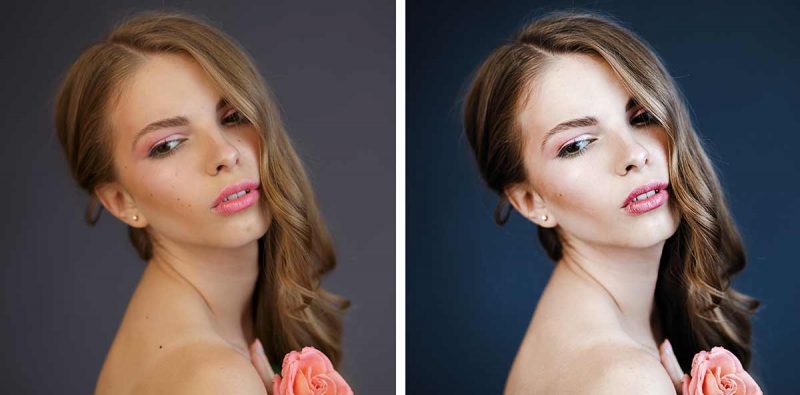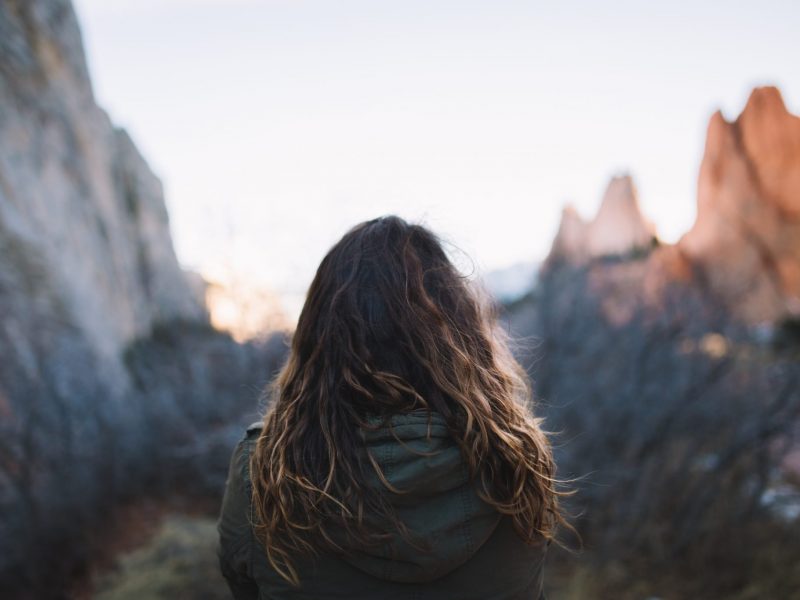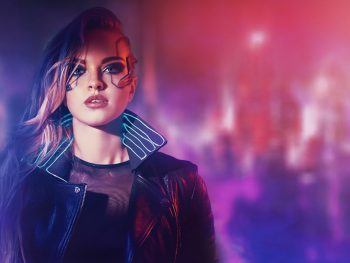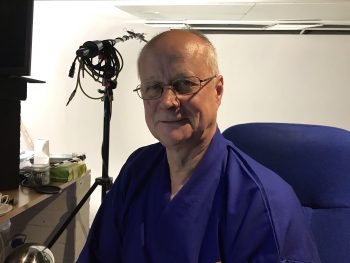The art and science of colour correction is something I often get asked about. In brief, we are talking about the stage after the editing, where we take to colours in the video and make them “look nicer”. Clients typically want to know four things.
- Why is it necessary
- How does it help conversions
- What are its limitations
- What are the time / money cost implications
Lets look at the process
Typically the grading process for jobs that we film or that have been filmed on similar cameras to the ones we use (high dynamic range professional cameras) follow the same set of steps.
The early stages are more corrective and can be performed almost “by the numbers” whereas the later stages get more creative and have a more artistic quality.
The Raw Footage
Every grade starts with the raw footage. In this shot the light levels are fairly low. Consequently the gain has been turned up on the camera to amplify the light level colour values recorded to the ProRes movie file.
The One Light Grade
Next up we perform a “one light” grade. Here we are changing the picture uniformly. Not singling out any areas. The job here typically is to balance out the RGB (red green blue) values, so that there is no colour bias. This enables us to select and manipulate groups of colours in subsequent stages.
Applying the Secondaries
Secondary colour correction selections describes the process by which we isolate and manipulate specific areas of the image. For example, a vignette. Or we can select and change specific colour vales. Like turning the sea from blue to purple.

Final Stylisation
Generally we will experiment and pick a style that finalises the look of our entire video or section of the video. If the previous sections were performed correctly then any “jumps” in the colour or feel shot to shot will be taken care of, so the video will feel stylistically smooth. However we may want to give the effect of an overall “filter” across the whole video or section. For example, fading off the colours slightly and saturating a cyan cast while slightly desaturating the image, like they did in the “hipster” vibe Flaked series starring Tom Arnott. Or perhaps just for a section of the video, blooming out the highlights to produce an ethereal glow indicating a “flash-back” to someone’s memory or past event. This device is used extensively in the CSI franchise.
Want the colours to “pop” in your next production
Speak to Energise about our DCP (Digital Colour Processing) packages. We can take your original footage and change up the look of your film. Or you may want corrections performing to make scenes shot at different times of day sit alongside each other in an edit. Or you may simply want to give something an ‘ole timey feel or neon futuristic twist. The blue sky is the limit. (Technically the zenith of a perfectly blue sky at high altitude is the limit because that would provide a colour value of almost pure blue, which would equate to around twenty thousand degrees Kelvin and therefore be the highest visible colour)






 Generate Leads For Your Business on the Internet
Generate Leads For Your Business on the Internet






Trail running is my way of recharging.
I prefer mountain biking, but as long as you’re outside it’s all good!
Agreed! Being outdoors centers me and keeps me working toward my goals.
I’ll go with just about anything outdoors and active – trail running, kayaking, biking, hiking, or even just sitting in the sun with a drink.